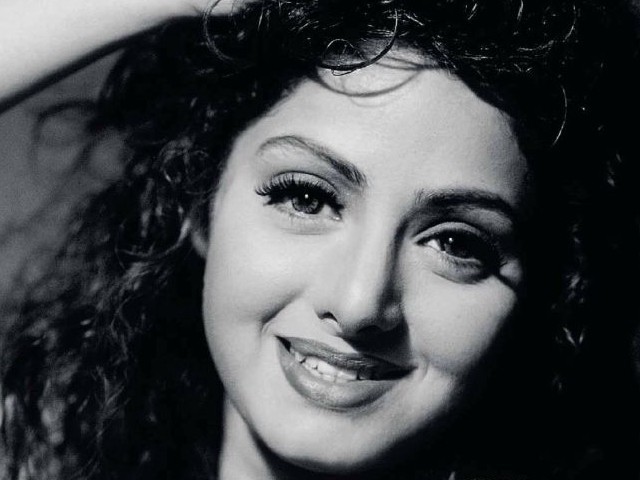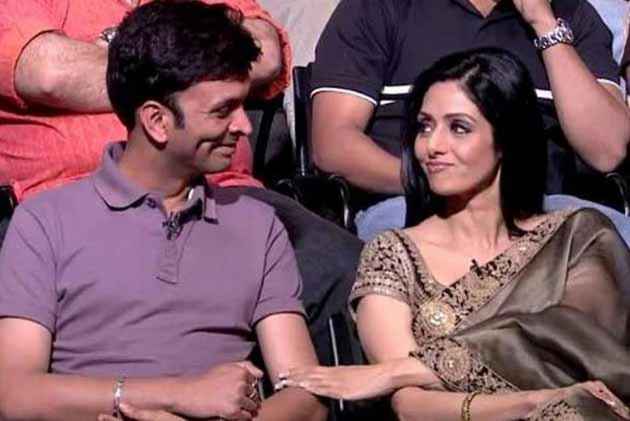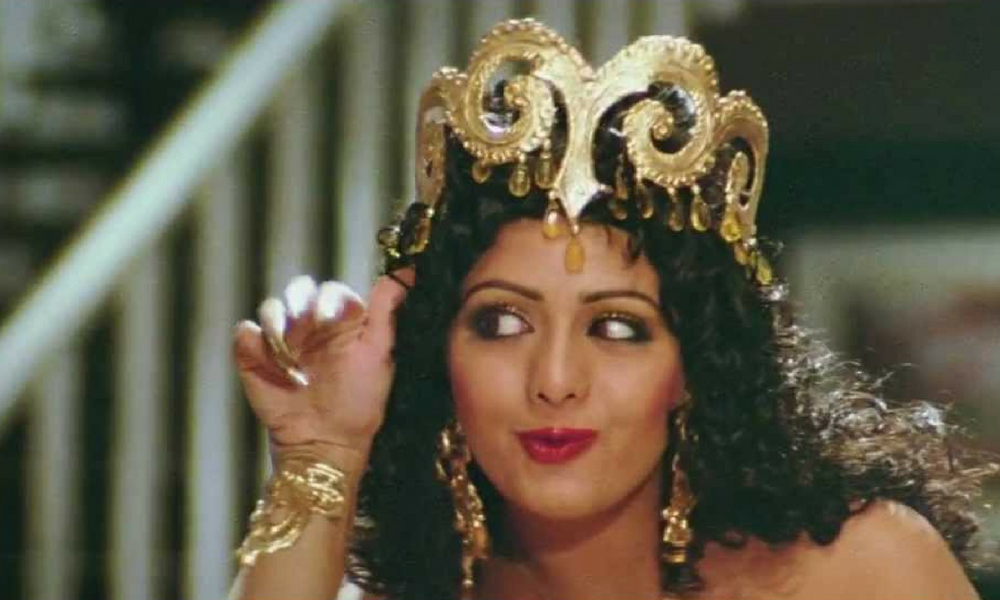Sridevi through the rainbow lens

Sridevi was known for her electric roles and portrayal of vulnerable yet resilient characters in cinema
On her 57th birth anniversary on August 13, Sridevi continues to be remembered as an iconic Indian film star. Apart from being a fashion icon, highest paid Bollywood actress of her time and a Padma Shri awardee, she was an inspiration for millions, especially, for the queer community.
“Whenever we are challenged by anything in life, cinema serves as an escape mechanism. It is so important to build this alternate reality, especially to forget all that exploitation and to believe in a world where anything is possible. Sridevi made me believe in that,” Harish Iyer, a noted Mumbai-based LGBTQ member and an equal rights activist, told Media India Group. Iyer claims to be a lifelong fan of Sridevi.
Known for her electric roles and portrayal of vulnerable yet resilient characters in cinema, Sridevi was born on August 13, 1963, in Sivakasi, Tamil Nadu as Shree Amma Yanger Ayyapan.
As a child actor, Sridevi started her career with Tamil film, Thunaivanin 1969. She went on to do Hindi films like Himmatwala(1983), Tohfa (1984), Nagina (1986), Aulad (1987), Mr India (1987). These are but only a few of her films that led her to the apex of fame and she became a heartthrob among Indians. Chandni (1989), Chaalbaaz (1989), Lamhe (1991), Khuda Gawah (1992), Roop Ki Rani Choron Ka Raja (1993) are some others that followed and fortified her stardom. Sridevi was awarded the Padma Shri (India’s fourth-highest civilian award) in the year 2013, for her works in the field of cinema.
As Sridevi kept ascending the ladders of fame and bagged versatile roles like English-Vinglishin year 2012 and Mom in 2017, she became an inspiration for millions of people across the country. Sridevi also enjoyed an unmatched stature amongst the queer community in India. Her exaggerated looks and ‘meek but not weak’ role, as Iyer describes, became a phenomenon within the LGBTQ community in India. “Her characters became everything that LGBTQ people wanted to display but weren’t allowed to,’’ says Iyer. The queer community describes her untimely demise, on February 24, 2018, as a big loss and creating a void that would never be filled.

Harish Iyer, an equal rights activist, first met Sridevi during Bollywood actor Aamir Khans’s show Satyamev Jayate, in 2012
Iyer, who first met Sridevi during Bollywood actor Aamir Khans’s show Satyamev Jayate, in 2012, recounts the meeting to Media India Group. He says he couldn’t believe it was happening for real. The moment Sridevi entered and stood beside him, he felt as if everything was surreal. “I asked her if I could touch her just to make sure that it wasn’t my imagination or dream. She broke into her iconic smile as I tried to grasp a hold over reality,” he says.
“When Nagina released, I was young and impressionable. I witnessed Sridevi break into a nagin dance (snake dance) when Amrish Puri, the snake charmer, had come to disarm her. Her dance unconsciously portrayed my angst. I was mad at the world for trying to condition me. I was more than just a man. My feminine side wanted to be like her,” Iyer goes on to tell Media India Group.
In her 1989 film, ChaalBaaz, Sridevi’s character is called Anju, who suffers oppression and abuse at the hands of her uncle. Her only form of escape is dancing that she practises in secrecy. One day at a party, Anju breaks into a dance that intensifies into a tandava (dance form associated with Lord Shiva in Hinduism), which ends when she slaps her uncle, portraying a dramatic moment of triumph of the oppressed over an invincible oppressor.
“That was the moment when I broke into tears and decided that I had to do something about my situation. I was being forced to ‘act like a guy’ while this vulnerable yet gorgeous woman was dancing her way into freedom. She had saved herself. She didn’t wait for another person to save her and I had decided to do the same,” says Rahul Das, a 28-year-old gender-fluid fashion model from Delhi, told Media India Group.
Sridevi’s exaggerated attires in songs like Hawa Hawai, her effervescent chiffon sarees, deep red lipstick and kohl-rimmed big, black eyes defined ‘glamour’ to many, including non-binary genders during the 80s and 90s in Bollywood.
“Sridevi clad in a glittery, golden dress, with yellow feathers and a golden crown on her head, in the iconic Hawa Hawai was the look I had dreamt of when I first decided to dress up like a woman. I actually shopped for everything possible to recreate a look like Sridevi’s in that song,” Das remembers.
Both Iyer and Das explain Sridevi’s exemplary role in their discovery of identity, gender role and coming out of childhood traumas. They say that almost all of Sridevi’s characters had shades of grey and could not be boxed into one specific category, just like they themselves! She was the only leading lady doing a variety of roles that carried hints of vulnerability as well as strength.

Sridevi’s exaggerated attires in songs like Hawa Hawai, her deep red lipstick and kohl-rimmed big, black eyes defined ‘glamour’ to many, including non-binary genders during the 80s and 90s in Bollywood
“Sridevi spoke back to me and others in a similar situation as mine. Whether it was Moondram Pirai, or even Sadma, which was about her forgetting her childhood, I could relate to her. In Nagina, she transforms into a snake, it reflects the dual personality of her character. It was like paying attention to her inner self and that reflected on the screen and I could totally relate,” Iyer adds.
During her career, Sridevi never became vocal for the LGBTQ cause, but the queer community says her films and characters she portrayed on the screen spoke for themselves. The LGBTQ community also appreciates the actor for ‘doing the right thing rather than just saying’.
Das goes on to say “Sridevi, in her lifetime, might not even have been aware of the amount love and importance LGBTQ community in India gave her. Though not openly vocal about it, Sridevi changed and inspired thousands like me. Playing characters, that were non conformists and twisted in nature, is what makes Sridevi stand out from the rest her contemporaries. She was every Indian queer kid’s alter ego.”
“The important thing is that Sridevi represented a freedom that many LGBTQ people were denied. In her dance, costume and acting, a new imagination was opened up for some. For a moment, with Sridevi on screen, you could be glamorous even without the expression of your inner self, which your family or society denied you. Her transforming from an ordinary woman into a diva, a damsel, a snake and extraordinarily resilient women in films reflects my inner transformation too,” Iyer sums up.









